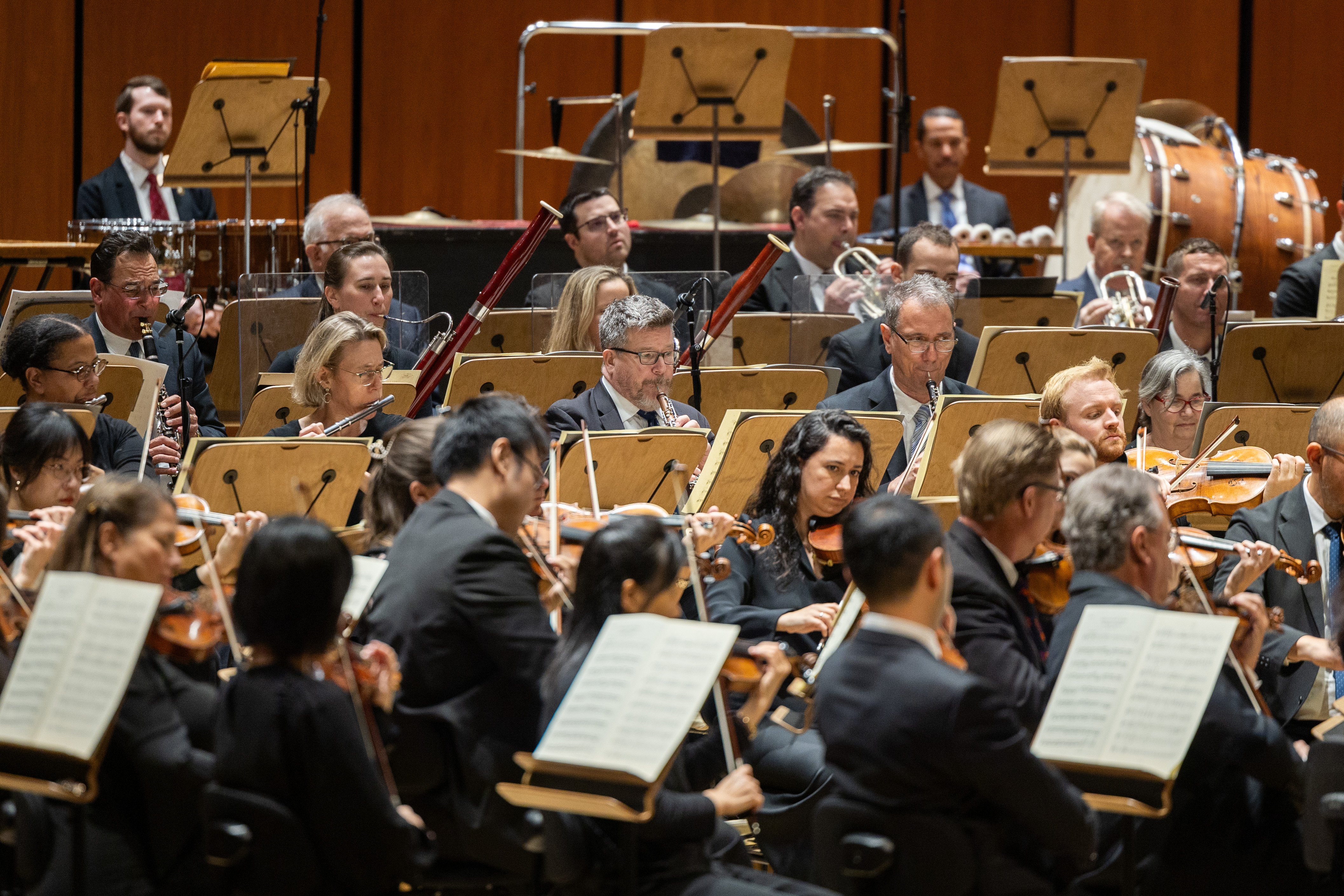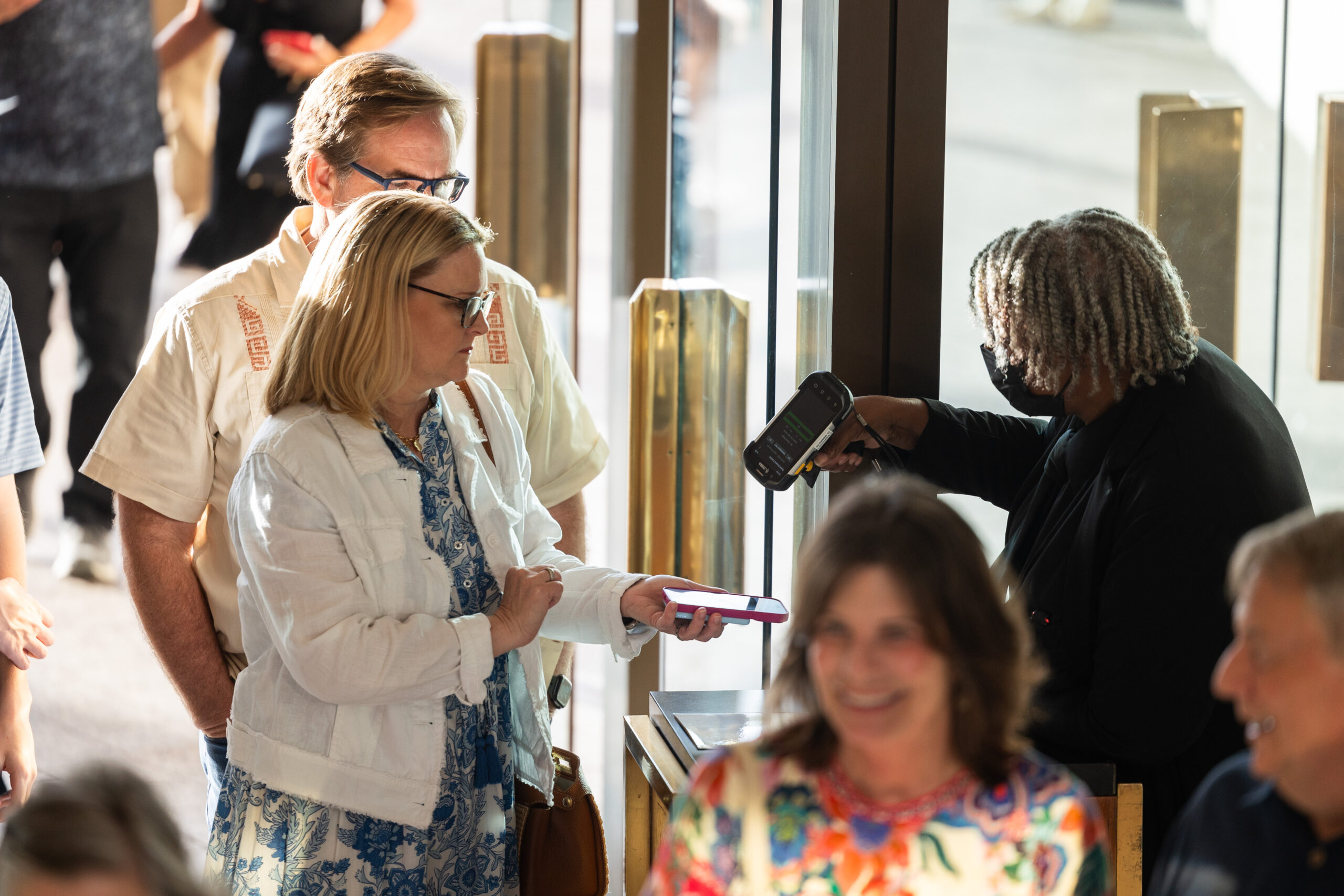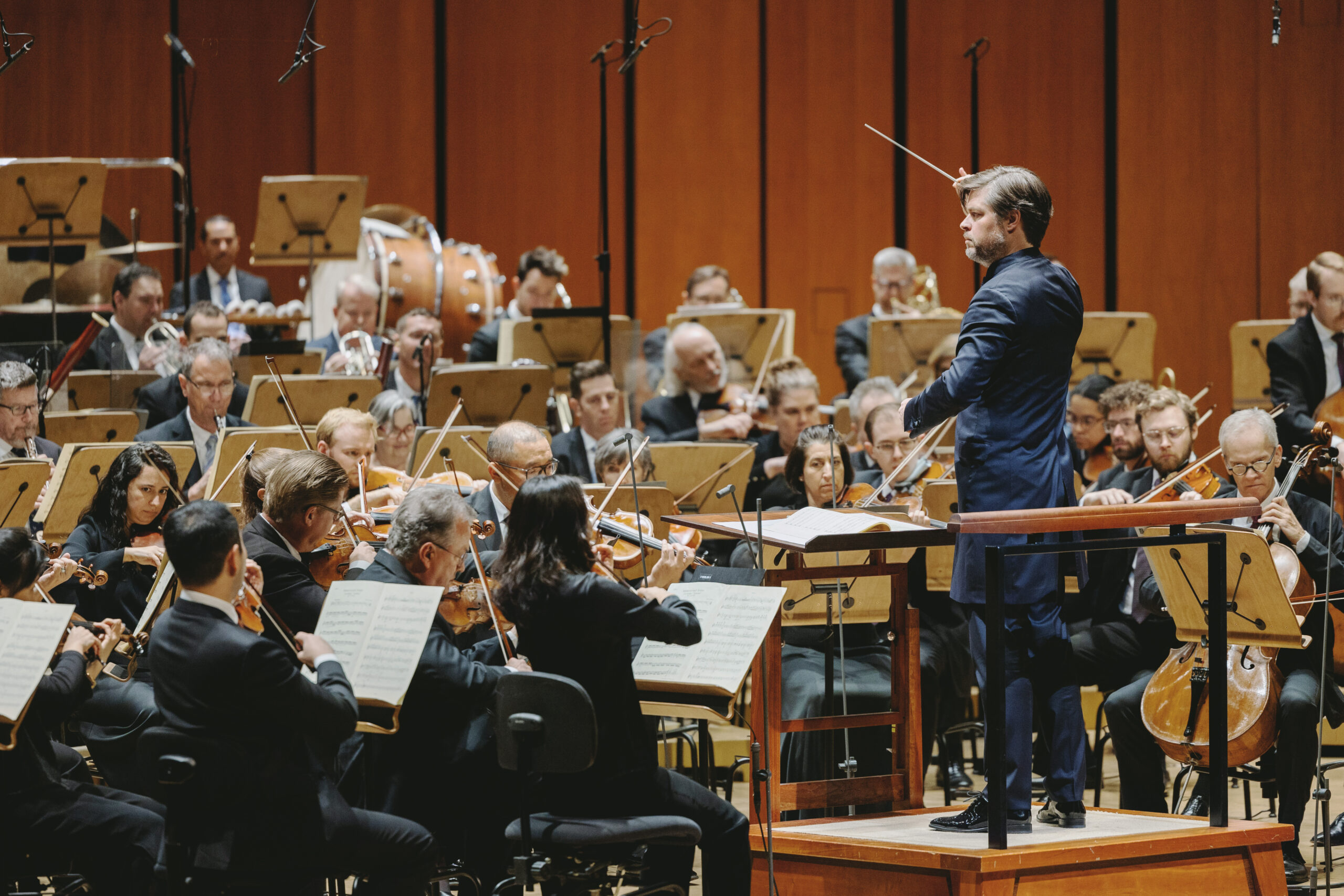
August 28, 2024
Schubert’s Eighth Symphony and the Mystery of Unfinished Masterworks
Schubert’s Eighth Symphony and the Mystery of Unfinished Masterworks
Join the Houston Symphony on November 29, 30, and December 1 for Thanksgiving Weekend: Beethoven’s Emperor Concerto. Music Director Juraj Valčuha leads the orchestra in Schubert’s haunting and dramatic Symphony No. 8, Unfinished, followed by Berg’s towering Three Pieces for Orchestra. Acclaimed pianist Yefim Bronfman will top off the night with a dazzling performance of Beethoven’s Emperor Concerto, a must-see for piano lovers everywhere.
Why Franz Schubert’s Eight Symphony was left unfinished remains one of the most intriguing mysteries in the history of Western classical music. Was a two-movement symphony an intentional form of innovation? Did he abandon the piece out of despair after growing to associate it with the syphilis that would help lead to his premature death? Are the remaining two movements lost somewhere in a Viennese attic just waiting to be rediscovered and brought to life?
Schubert’s mysterious Unfinished Symphony belongs to only a handful of incomplete works in the classical canon that are performed regularly. What about these pieces make them irresistible to audiences despite lacking completion? Perhaps an element of mystery makes us more intrigued, adding a layer of awe to the way we behold these musical masterpieces.
Bach’s The Art of Fugue
Johann Sebastian Bach was the undisputed master of musical counterpoint and The Art of Fugue is the culmination of his life’s work on the subject. It consists of fourteen fugues and four canons, with a principal subject varied throughout each piece.
A manuscript of Contrapunctus XIV shows Bach abruptly stopped writing the score before completing it. A note believed to have been written by Carl Philipp Emanuel Bach reads, “At the point where the composer introduced the name B-A-C-H in the countersubject to this fugue, the composer died.”

The authenticity of C.P.E. Bach’s note has been questioned because the manuscript was aborted by the elder Bach before his health deteriorated – meaning he unlikely died abruptly while writing the canon. One intriguing view is that Bach left the work unfinished as a challenge to future composers in the spirit of the “dueling keyboard” fugal contests where an organist would begin a fugue and challenge another to complete it. Musicians and musicologists who have completed their own version of Contrapunctus XIV include Lionel Rogg, Rudolf Barshai, and Daniil Trifonov.
Bruckner’s Ninth Symphony
Anton Bruckner allegedly said, “I have done my duty on earth. I have accomplished what I could, and my final wish is to be allowed to finish my Ninth Symphony. Three movements are almost complete, the Adagio nearly finished. There remains only the finale. I trust that death will not deprive me of my pen.” He passed away at 72 while still composing the fourth movement.
At the symphony’s premiere after Bruckner’s death, conductor Ferdinand Löwe made significant changes to Bruckner’s original score. The published version of Löwe’s alterations was assumed to be Brucker’s original for nearly 30 years, until the musicologist Robert Haas made the distinction between Löwe’s publication and the original manuscript. A performance of Bruckner’s original score took place in 1932, nearly 36 years after the composer’s death.
It is alleged that in the absence of a fourth movement, Bruckner requested that his Te Deum be substituted as the finale, offering conductors the option of a grand finale when performing this piece.
Bruckner: Te Deum – 5 di 5: In te, Domine, sperávi

Mozart’s Requiem
The 1984 film Amadeus depicts Mozart dictating the notation for his famous Requiem to Antonio Salieri from his deathbed. Salieri, jealous of Mozart’s genius as a composer, has anonymously commissioned the work with the plan to kill Mozart and have the Requiem played at the composer’s funeral, passing off the work as his own.
Based on the 1830 play Mozart and Salieri by Alexander Pushkin, Amadeus’s liberties with historical accuracy must be considered. Salieri served as the Austrian imperial Kapellmeister and wrote operas that achieved wide success in his lifetime. His legacy extended to his pupils, which included Franz Liszt, Franz Schubert, and Ludwig van Beethoven.
Mozart did in fact receive a commission to write the Requiem, but not from Salieri. Count Franz von Walsegg, a German aristocrat, requested the piece, possibly to pass it off as his own at the funeral of his recently deceased wife. Mozart wrote the Introitus, but the other movements remained sketches when Mozart fell ill and died at only 35. The score was completed by Mozart’s pupil, Austrian composer and conductor Franz Xaver Süssmayr. To what extent the score was completed by Mozart versus Süssmayr we may never know.
Schubert’s Unfinished Symphony
What is perhaps Schubert’s most popular work was left in a drawer and not premiered until 37 years after the young composer’s death. The Eight Symphony, in the unusual key of B minor (which Beethoven called a “black key” for its association with death and melancholy), is a tour de force of early romanticism. Its turbulent first movement and lush second movement are worthy successors to Beethoven’s symphonic innovations.
Despite his prowess as a composer, Schubert saw little success in his lifetime and had difficulty having his large-scale works performed. For all the intriguing suggestions for why we only have one half of his famous symphony, one likely explanation is that Schubert simply gave up. This was actually a common practice of the struggling composer, who aborted as many as four symphonies during his short career.
We do know that Schubert continued work on the symphony past the first two movements. He wrote the first 30 measures of a scherzo, and it is possible that the finale was recycled for his incidental music for the play Rosamunde.
Performers have looked for ways to complete the symphony since its premiere, in which the fourth movement of Schubert’s light and upbeat Symphony No. 3 was used as the finale. In 1928 Colombia Records held a global contest for the centenary of Schubert’s death in which composers were asked to submit completed scores of the Unfinished. Judges of the contest included composers Maurice Ravel and Ottorino Respighi. The Chinese tech company Huawei used AI to complete the symphony “in the style of the original composer” according to a company executive, though fans of Schubert might disagree.

It can be hard to say definitively when a composition is done. “The Bruckner Problem” refers to the difficult decisions conductors face when choosing from the many versions of Bruckner symphonies, due in large part to the composer’s self-doubts about his work. Mendelssohn’s Symphony No. 4, Italian, is one of his most popular pieces and its premiere was a great success. Yet Mendelssohn made significant revisions to the work until just before his death.
What sets Schubert’s Eight Symphony apart is the undeniable power the symphony continues to have over audiences. Mysteries and speculation aside, the music speaks for itself as both a stormy and beautiful work of art whose range of human emotion is universal to any time or place – with or without an ending.






